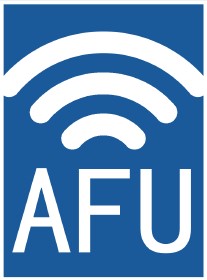Introduction
In wireless communication systems, antennas play a crucial role in signal transmission and reception. The choice between active and passive antennas significantly impacts performance, cost, and application suitability.
Technical Fundamentals
Passive antennas operate without integrated electronics, relying solely on their physical design (shape, size, materials) for radiation characteristics. Common types include dipoles, patch antennas, and parabolic reflectors.
Active antennas incorporate electronic components like amplifiers and signal processors directly into their structure. This enables features such as signal amplification, beam steering (in phased arrays), and improved signal-to-noise ratios.
Performance Comparison
Active antennas excel in weak signal environments by compensating for cable losses and improving noise figures. However, they require power and are more complex.
Passive antennas offer simplicity, reliability, and wider bandwidth in many cases, with no power requirements.
Applications
5G networks use active antennas for massive MIMO and beamforming
Satellite communications employ active phased arrays in ground stations
IoT devices increasingly adopt active antennas for better connectivity
Traditional cellular infrastructure still relies on passive antennas
Selection Considerations
Key factors when choosing:
Power availability (active antennas require DC power)
Environmental conditions (passive better for extreme temps)
Cost (passive generally more economical long-term)
Frequency needs (active offers more tuning flexibility)
Future Trends
More compact, energy-efficient active antennas
AI-driven optimization of antenna performance
Hybrid solutions combining both technologies
Conclusion
Understanding these antenna types helps engineers optimize wireless systems for specific needs, balancing performance, cost, and reliability across applications from 5G to satellite communications.
AFU TELECOM is a Wireless Telecom Solution Expert with professional supporting on our customers' business globally. AFU TELECOM is always focusing on and specializing in O-RAN, Marco Cell, Small Cell, Active DAS, Public Safety and Optics Network Solutions including Antennas, Filters/Combiners/TMAs, RF Repeaters, Optics Devices and Site Accessories, especially AFU Core Team are very professional in Wireless Telecom with rich experience on our product portfolios. The Highest Priority of AFU TELECOM is Customers' Satisfaction and Product Quality. AFU MISSION IS TO CONNECT EVERYTHING!

